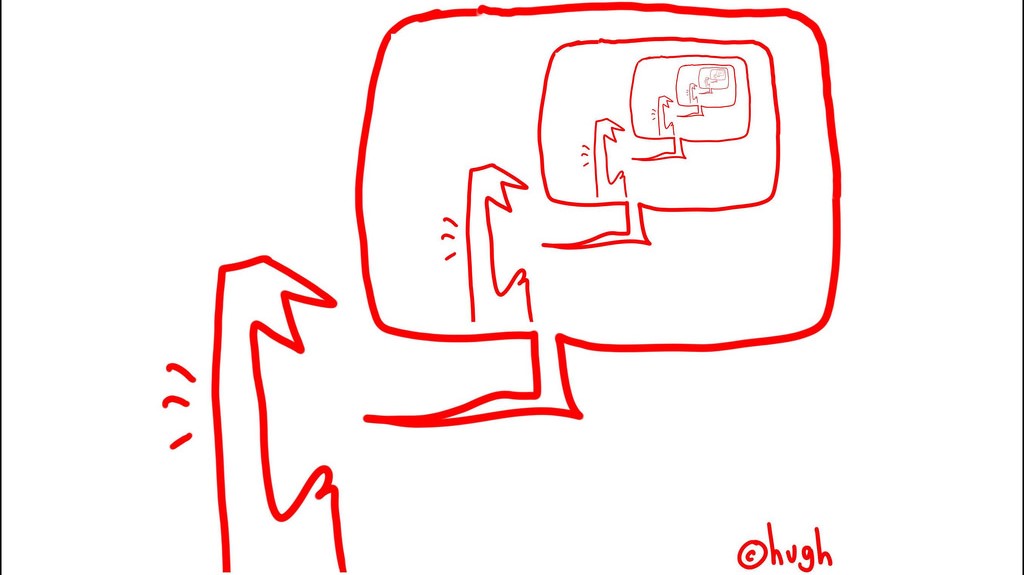I spent last week at two conferences in New York City. First up was Legalweek, the rebranded version of the venerable Legaltech conference, an annual affair since 1982. Friday brought me to Inspire.Legal, a new “unconference” devoted to “inspiring creative new solutions” to “the most pressing problems facing our industry.”
While they were very different events, both shared one defining characteristic: They were predominately by, for, and about the roughly 10 percent of the legal industry dominated by the world’s largest law firms and corporations.
Virtually nowhere to be found were the 90 percent of lawyers who practice outside biglaw, the business clients who do not run mega-corporations, the access-to-justice community, or those disenfranchised from the legal system.
Conference organizers have every right to do as they will with their events and target them to whomever they wish. Both conferences were strong events that served important purposes. I’ll be back at both next year, assuming they’ll still have me.
But after five days, I was left wondering how legal tech and innovation became the domain of the legal elite, and how can we bring more voices to the table in order for true change to come about in law.
All of this is the topic of my column this week at Above the Law: Legal Tech For The Legal Elite: Observations Of Two Conferences.
Featured image: “The Echo Chamber (by Hugh Macleod)” (CC BY-SA 2.0) by miss_rogue.
 Robert Ambrogi Blog
Robert Ambrogi Blog